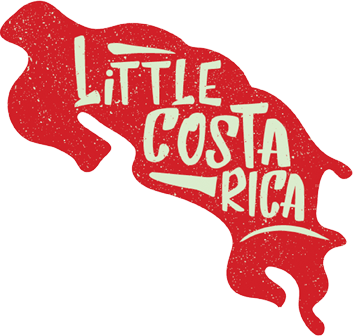
This phase starts with the supervision of foresters, who shall fulfil the following objectives:
- Management of wooded forests
- Land management and planning
- Management of green areas and natural spaces
- Wildlife studies
- Environmental impact studies and sectoral studies
- Forest inventories and studies
- CO2 fixation
- Forest fire prevention
- Forest diseases and pests
- Hydrological restoration and conservation plans
- Soil erosion studies
- Recreational areas as trails
- Plans for sustainable development of rural areas
- Forest certification
- Forest roads and tracks
For the Little Costa Rica project, censuses are an indispensable tool for the management of endangered species, which responds to the need to keep the most significant species in the area under surveillance in order to ensure their conservation. Monitoring the evolution, status and distribution of the most sensitive species is an excellent indicator of the state of our areas and provides us with important information on the factors that control them. In addition, it allows the identification of negative demographic and climatic trends with the aim of adopting conservation or recovery measures, as well as the establishment of priorities for action.
Thus, the importance of carrying out censuses in the area lies both in the information provided on the species, referring mainly to their characteristics and evolution, and in the information on the state and evolution of the geographical areas in which the censused species are located.
Similarly, in the case of flora and fauna, the aim is to determine the number of individuals and estimate the diversity per species in the area.
The main objective is to promote corporate volunteering with companies and educational institutions from all over the country and the world, as part of the development of their Corporate Social Responsibility. In this sense, it will inform and advise on volunteer activities and projects for the protection, not only of Little Costa Rica, but of the entire conservation area of the Zona de los Santos.
Companies can collaborate through specific actions, on specific dates or by supporting a specific project, for example: Volunteering Day, support for campaigns and events, volunteering for training and social assistance, advice and training for professionals, technical assistance in project management (through the adaptation of a specific programme to the specific needs of a specific company), alliance or twinning, and sponsorships and financial contributions, among others.
*The time spent on each phase will depend on the size and location of the protected property.